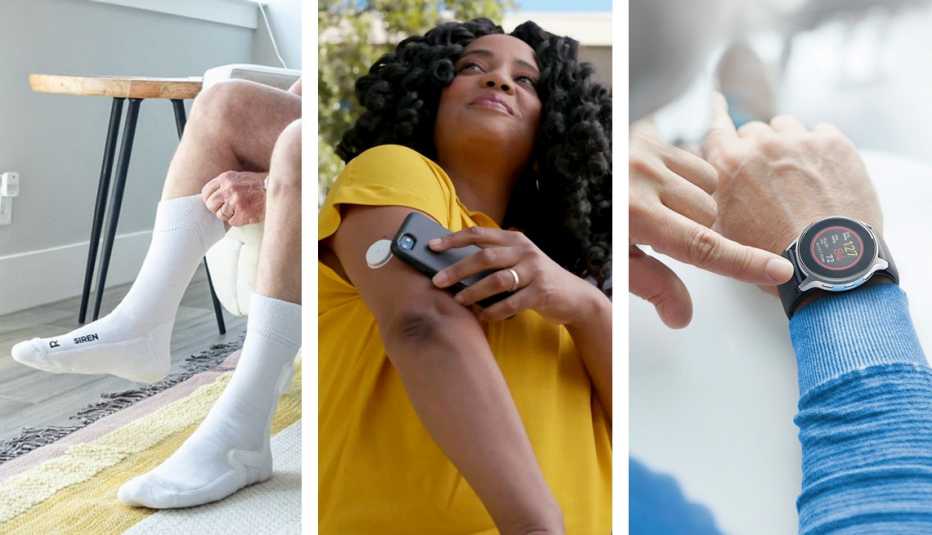Staying Fit
People fitted with pacemakers or other implanted cardiac devices (ICD) should avoid keeping portable electronic devices — including pens and earbud charging cases — in chest pockets because some contain strong magnets that may interfere with these medical devices, cautions a new study published in Circulation: Arrhythmia and Electrophysiology.
“Heart patients should be aware of these risks, and their doctor should tell them to be careful with these electronic devices with magnets,” lead study author Corentin Féry, a research engineer at the University of Applied Sciences and Arts Northwestern Switzerland, said in a statement.


AARP Membership— $12 for your first year when you sign up for Automatic Renewal
Get instant access to members-only products and hundreds of discounts, a free second membership, and a subscription to AARP the Magazine.
Previous research has found that the magnetic field produced by strong magnets in some newer smartphones is strong enough that if it is held within an inch of a pacemaker it can interfere with the ability of the device to deliver lifesaving shocks.
The latest study found similar results from other portable electronic devices containing strong magnets, including:
- Apple AirPods Pro wireless charging case
- Microsoft Surface Pen
- Apple Pencil 2nd Generation
How the study worked
The researchers measured the magnetic field strength of these products at various distances, then determined the distance at which the portable electronic device would cause a defibrillator to malfunction through tests using five defibrillators from two representative manufacturers.
The results showed that when the devices come within about an inch of the implanted pacemakers it is possible for the strong magnets to interfere with them. The maximum distance where this is possible was found to be around 2 centimeters (0.78 inches) from the Apple products or 2.9 centimeters (1.14 inches) from the Microsoft Surface Pen.
“If you carry a portable electronic device close to your chest and have a history of tachycardia [rapid heartbeat] with an ICD, strong magnets in these devices could disable your cardioverter defibrillator,” Féry said.



































































